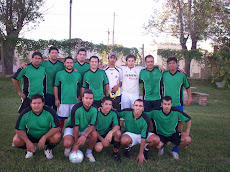Bruno Bettelheim in The Three Little Pigs (Vintage Books, New York 1975), gives us a perfect example of how deeply Freudian psychoanalysis has been repressed in the last fifty years. When nobody knew of psychoanalysis, no one desperately tried to repress it. Tales were just tales, and no one murdered a tale using psychoanalytical tools that are not properly understood. Children were still free of expressing their desires, drives, fears and feelings without the distorting interference of adults, who project into them their own philosophy of life. Today, psychoanalytic jargon is used as an Ego - tool of defense, and as a legitimation for building up endless rationalizations.
"The Three Little Pigs" teaches the nursery age child in a most enjoyable and dramatic form that we must not be lazy and take things easy, for if we do, we may perish. Intelligent planning and foresight combined with hard labor will make us victorious over even our most ferocious enemy-the wolf! The story also shows the advantages of growing up, since the third and wisest pig is usually depicted as the biggest and the oldest.
The houses the three pigs built are symbolic of man's progress in history: from a lean-to shack to a wooden house, finally to a house of solid brick. Internally, the pigs' actions show progress from the dominated personality to the superego-influenced but essentially ego-controlled personality.
"A famous fairy tale analyzed by Propp's taxonomy"
Hace 16 años


No hay comentarios:
Publicar un comentario